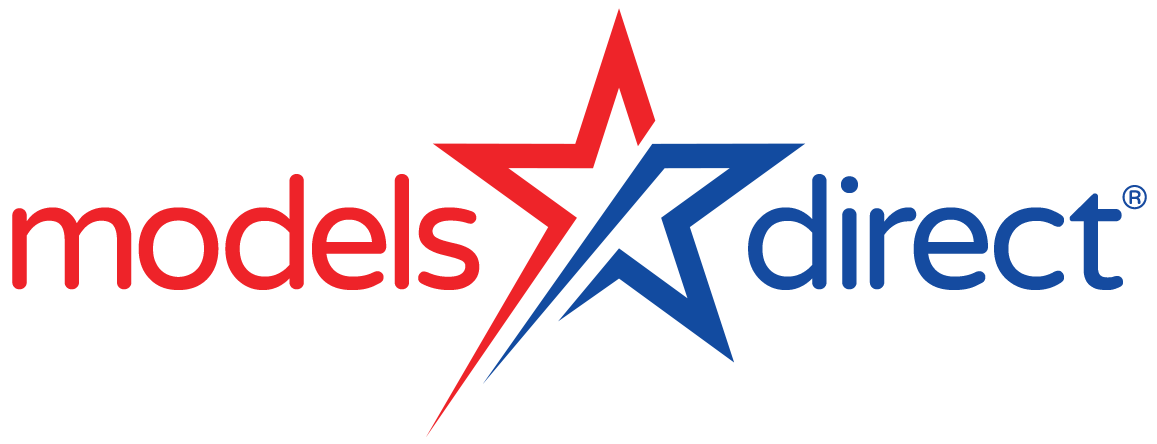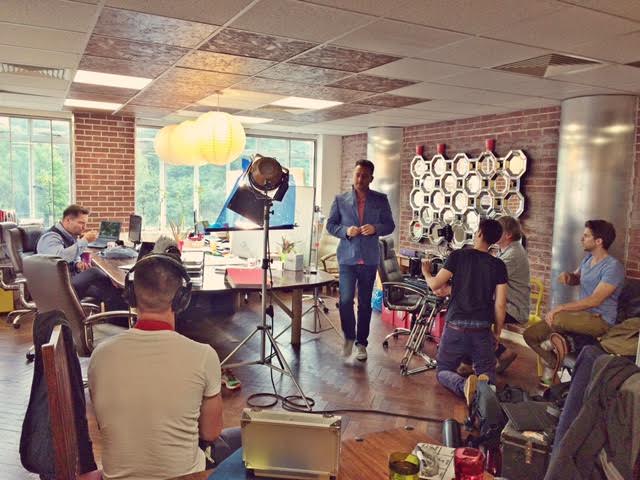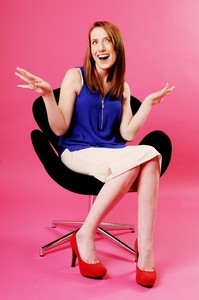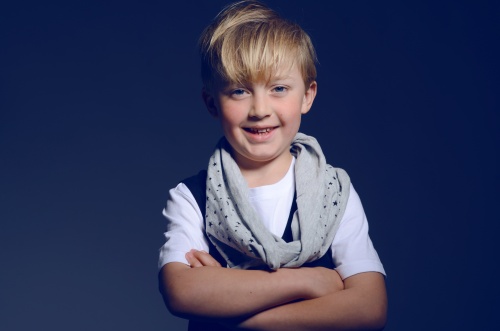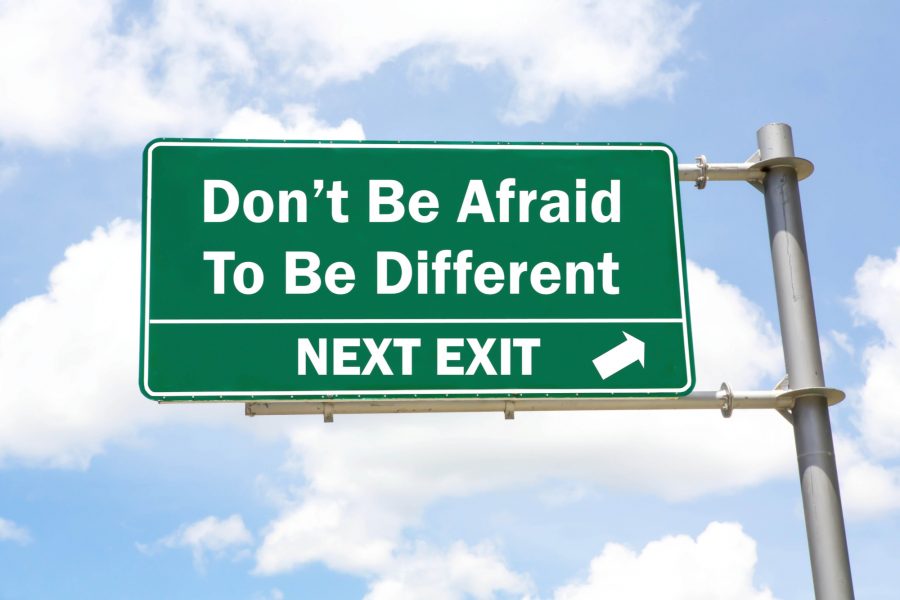Could you be a commercial model with Models Direct?
What is commercial modelling?
You have seen them thousands of times, in magazines, newspapers, on billboards, posters and even on packages in grocery stores. These commercial models entice you to buy everything from food to shampoo and jeans to health insurance.
When most people think of modelling, they think of fashion models – those tall, thin, glamorous men and women who appear in ads for designer clothes.
But you don’t need to look like Kate Moss, Cindy Crawford, or Joel West to succeed as a model. Commercial models come in all shapes, sizes and ages. Some commercial models are gorgeous woman/ handsome men, and beautiful children, and many successful commercial models look just like everyday people. The individual who has the greatest chance of being chosen to appear in an ad is the one who can believably look like a mum, doctor, business person, plumber, student, grandparent, teacher, dad, etc. The best part about commercial modelling is that it is not necessary to have that “perfect” look in order to be successful.
Get started – by teaching yourself specific techniques to help you practice looking comfortable and believable in front of a still camera.
Make contacts – by learning how to find literally thousands of clients, photographers, and art directors. Grab the attention of clients – by discovering what they want to see. Learn techniques – to help you get cast. Find work on your own. Accurately manage and understand the business side of commercial modelling. As in any business, there are no guarantees in commercial modelling. However, being prepared and extremely knowledgeable gives you the greatest chance for success.
How is commercial modelling different than fashion modelling?
Fashion models primarily promote high-end designer clothes and makeup. The commercial model is the silent salesperson promoting everything else! He or she has to act without words. To even be considered as a fashion model you must have very specific physical requirements. Commercial models do not have any height, weight or size restrictions. In commercial modelling people of all heights, weights, sizes, ages, and races are hired. Instead of only promoting high-end designer products, commercial models advertise everything else. With commercial modelling, work is generally available throughout the country. There is no need to live in a major commercial modelling centre.
How much can a commercial model earn?
The fees vary from job to job. Adult commercial models can expect to make anywhere between £50 to several hundred pounds a day, depending on the market, children are generally paid a little bit paid less than adults but there is also a chaperone fee for the parent. There is no way of knowing how much one can earn, some commercial models earn £50,000 from one job, and others £2,000 for an entire year.
Putting together great photos will give you your greatest chance of getting booked for jobs. You must understand what agents do. You must know what is expected of you as a model, the people who have done their research and have got the needed information will have the greatest chance for success.
How should I practice before a photo session?
To help you practice looking comfortable in front of the camera, make a list of the different emotions you want to work on. Go through magazines and find ads that you can really see yourself being cast in. Make sure you are honest with yourself, don’t spend time looking into GQ Magazine ads if Parents Magazine is a more appropriate look for you. After you have the list think of situations that will help you feel those emotions. For example, if you wanted to practice looking happy, you would need to ask yourself what kind of happiness should you practice? Are you happy because you won the £20 million lottery, or because you got an ’A’ in an exam, or because you just got engaged, etc. These are only three out of many types of happiness. Once you have figured out the specific emotion then you should think of an experience from your past that will allow you to feel the emotion needed for the proper look. If you do not have any experiences that can easily connect you with a needed feeling then make one up. Use your imagination. Along with happiness, and other positive feelings, work on variations of frustration, anger, confusion, feeling sick, etc. Now you have a list of emotions, and you have figured out ways of retrieving them. The next step is to have someone (a non-professional) take pictures of you. You can use any kind of camera. Even the cheapest disposable camera will do for this exercise. Just make sure that the photos are clear and your body and face can be easily seen. Have the list of emotions near by. Look at one emotion at a time, and try to remember the situation that will put you in touch with that feeling. Once again, it is best to look away from the camera while you are preparing yourself. When you are ready, look up. If you are planning to look away from the camera, and not look straight into the lens, then make sure you find a spot to use as a land mark, so you can precisely get your head in the same position after each photo is taken. Let’s say you want to look just to the left of the camera, then find a place on the wall, or the edge of the camera to use as your mark. Whenever you look away from the lens, it is very difficult to consistently place your head in the same spot without a focus point. This is a good way to practice getting different believable looks and feeling comfortable in front of the camera. A video camera can also be used to practice this exercise, but using a still camera will give you the best training. Study the photos or tape, and see where you were successful and where more work needs to be done. Take acting classes and learn techniques that allow you to grab hold of different feelings. Mastering these skills will give you many different looks. Having access to a wide variety of expressions will make work enjoyable and challenging. Being able to take direction and translate thoughts and feelings into facial and body expressions makes you a more versatile and marketable model.
For any more information about commercial modelling please click here
